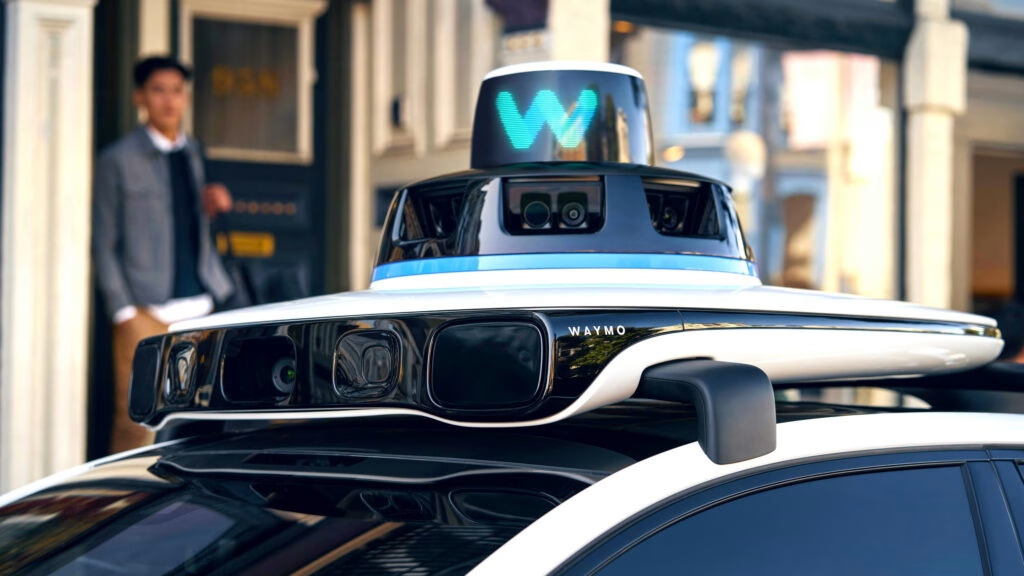Waymo is making headlines again, but this time it’s not for a groundbreaking innovation or a new partnership. Instead, the autonomous vehicle company is recalling 1,212 cars due to a potential risk of colliding with fences, gates, and other obstacles. While that might sound alarming, it’s important to note that Waymo has reported no injuries related to this issue. In fact, they had already addressed the problem before the recall was officially announced.
How Does Waymo Handle Recalls Differently?
What sets Waymo apart from traditional automakers is its unique approach to recalls. Instead of relying on dealerships to manage the process, Waymo has the capability to implement fixes directly within its fleet. This means that when an issue is identified, the company can resolve it internally without needing to notify individual vehicle owners. This proactive stance is evident in their latest recall, which, interestingly, isn’t tied to any specific vehicle model.
In a filing with the National Highway Traffic Safety Administration (NHTSA) dated May 12, 2025, Waymo disclosed that the recall pertains to its “5th Generation Automated Driving System (ADS) software.” This software update was initiated prior to the driverless software release scheduled for November 7, 2024. The recall addresses concerns that the vehicles could potentially collide with “chains, gates, and other gate-like roadway barriers.”
Why Issue a Recall If the Problem Is Fixed?
You might wonder why a recall is necessary if the problem has already been fixed. The answer lies in regulatory compliance. Waymo is obligated to report such issues to the NHTSA, even if they’ve already implemented a solution. The filing clarifies that Waymo’s internal safety processes had previously identified the risk of collisions with obstacles as an area needing improvement. While the company was working on software updates, the NHTSA began its examination, prompting the official recall.
This recall is part of a broader context involving over 22 incident reports related to the same software. These reports indicate that the vehicles had issues with avoiding clearly visible objects—something a competent driver would typically manage. Waymo has been in ongoing discussions with the NHTSA while simultaneously addressing these concerns behind the scenes.
What’s Next for Waymo?
On May 1, 2025, Waymo decided to initiate the recall to fulfill its regulatory obligations. Since the company owns all the vehicles involved, there was no need for individual notifications to vehicle owners or dealers. This streamlined approach not only simplifies the recall process but also reflects Waymo’s commitment to safety and transparency.
As autonomous driving technology continues to evolve, the industry will likely see more companies adopting similar practices. The ability to quickly address and rectify issues without burdening customers with the traditional recall process could become a standard in the future.
The big takeaway? Waymo’s approach to recalls isn’t just about compliance; it’s about setting a new standard in the automotive industry. By prioritizing safety and efficiency, they’re paving the way for a future where autonomous vehicles can operate with greater reliability. If you’re curious about the future of self-driving technology, keep an eye on how companies like Waymo navigate challenges and innovate solutions.

